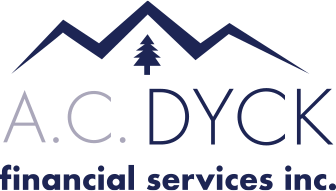A while ago, I was riding with a friend in his car. His driving style made me quite nervous because he had this nasty driving style of having his right foot on the gas pedal and then braking aggressively using his left foot! His jerky driving style had him taking off like a rocket when the traffic light turned green and then braking hard to tail gate behind the car in front of us. I believe that he thought he was a young Richard Petty! (www.richardpetty.com) Because I was appreciative of the free ride, I did not say anything about his driving. I did, however, promise myself that I would not actively seek a ride from him ever again.
My friend’s driving habits were developed over the many years since he was 12 years old on the farm. He was typical of young men and boys helping parents by doing different chores that included driving small and medium sized tractors. The skills he developed early in his formative years were all self taught and over the 34 years since he started driving, the habits that he had, served him well because he had never been in an accident!
The coaching program, Strategic Coach, taught me a lot about habits. Dan Sullivan, the founder and owner of this program designed exclusively for entrepreneurs, says that all habits feel totally natural. The difference between a bad habit and a good habit is that you get totally different results!
Now that we are getting close to January 1st, 2023, we are going to engage in the annual ritual of stating our New Year’s resolutions. Most of us will blow up our resolutions by noon, January 2nd because we will try to change at least 15 resolutions at once.
The trick to making changes in your life is to change one habit at a time. According to psychologists, a habit takes 21 days to feel totally natural. In theory then, you should be able to develop 17 new habits in 2023. In my case, some resolutions that I want to embrace are:
- Exercise for 40 minutes everyday
- Turn off all electronics when visiting with someone
- Write down 3 things for which I am grateful
- Read a “hard book” for 40 minutes everyday
If you look at these 4 resolutions, you will notice that these desires are about “doing something positive” as opposed to “stopping” something. Another coaching friend of mine, Peter Neufeldt, of Peak Performance Executive Coaching, notes that a powerful positive new habit will displace a weaker negative lifestyle. Therefore, a resolution to “stop smoking” will not be as effective as “embrace a healthy lifestyle by exercising for 40 minutes when I get out of bed”.
I wish everyone a terrific end to 2022!
Al’s Nuggets
- Embrace only one new habit at a time.
- Drink lots of water.
- Look for ways to be generous with your money and time with those less fortunate. More on this in my next blog.


